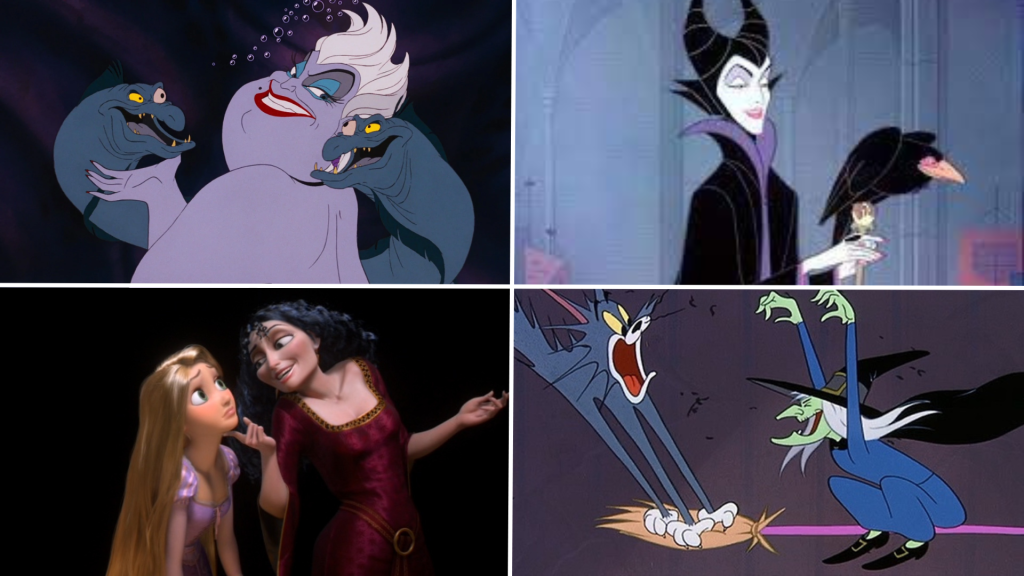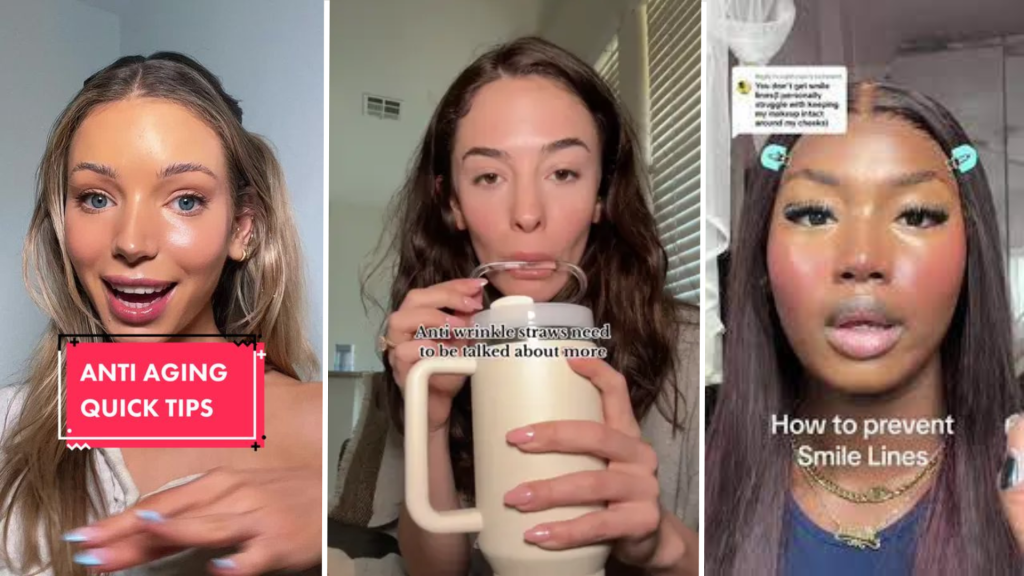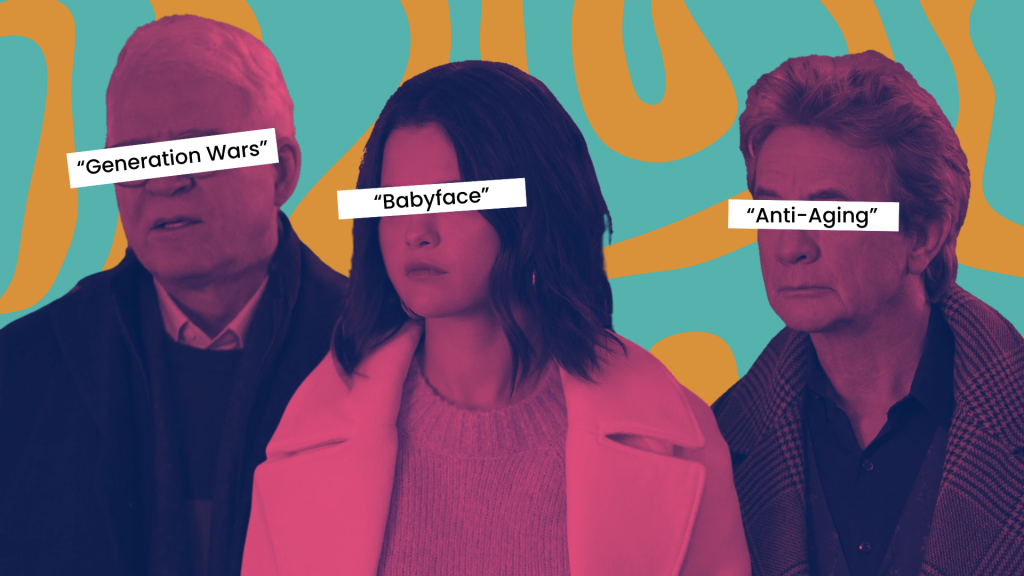A report by the World Health Organisation (WHO) stated that 1 in 2 people globally are ageist against older people. At the same time, another academic study found that “reverse ageism” or ageism directed at younger people happened to be the predominant experience in workplaces. There is no doubt that “ageism cuts both ways”, as put by Professor Dominic Abrams of the University of Kent. It is an invisible force that is infused in our histories, that is ingrained in our traditions and that informs our popular culture.
Popular culture trends hold major influence over our behavioural patterns. By promoting and perpetuating ageism through the years, such trends have been a chief contributor in lacing our subconscious with age-bias. Here are some popular culture trends that help make ageism mainstream in our daily lives and workplaces:
1. Witches in Children’s Stories
Remember the Wicked Witch in Hansel and Gretal? What about Mother Gothel from Rapunzel? Or Ursula from The Little Mermaid? Yes, they are iconic villains from some of the most popular children’s stories. Another thing that is common among all of these characters is that they are all witches whose old age lies at the core of their villany.
All of these characters are motivated by their desire for youthfulness to harm the young protagonists of their stories. This kind of vilification of old women as witches has existed for centuries now and has been passed down to our experiences in the workplace today.

The exclusion nexus between gender and age has given rise to many structural barriers that gravely impact women’s belonging in the workplace. According to a survey by the American Association of Retired Persons (AARP), 72% of women view ageism as a real problem at work. Ever since 2010, more women have filed complaints under the Age Discrimination in Employment Act of 1967 (ADEA) in the United States, as compared to men. This has caused many experienced senior women to silently exit the workforce, leaving a major talent gap.
Dismantling these barriers would require sealing leaky pipelines with resilient processes of female workforce development, nurturing role models and actively calling out discrimination.
2. Online Generation Wars
Social media has recently been abuzz with culture tussles between different generations- primarily between the Baby Boomers, Gen X, Millenials and Gen Z. While taking a trip down memory lane, older generations lamented a total breakdown of the strict morality and simplicity they once knew. They regretted the disruption and individualism preferred by their younger counterparts. On the other hand, younger generations pointed out the deep divisions that once existed between people and celebrated their commitment to social as well as technological change.
When we are regularly exposed to such content, we develop multiple age biases that we also carry into our workplace relationships. In the multigenerational teams that we work today, such ageism can result in a breakdown of collaboration and increase conflicts greatly.
It is no wonder that almost 60% of employees report facing generational conflict in the workplace. Acting to dispel stereotypes and encouraging mutual mentoring among cross-generational colleagues can be a step in the right direction, in this regard.
3. The Anti-Aging Phenomenon
Looking ageless has been a standard of beauty, for both men and women, for a while now. People look up to celebrities like Jennifer Lopez, Paul Rudd, Hrithik Roshan and Preity Zinta and their skincare routines to achieve the perfect age-defying physique. Some, more ingenuous, tools have also made their debut to aid this raging trend. For example, the anti-wrinkle straw that sports a feeding hole on its top horizontal surface instead of the usual location to prevent folding of the skin around the lips. Others have resorted to behavioural change to halt the age process, such as going decades without smiling.

These kinds of popular culture trends fuel ageism in many social spaces, including ones that are intrinsically tied to one’s living experiences, such as the workplace. A survey in the United Kingdom found that 51% of employers still use physical appearance as a means to determine suitability of job applicants. This “attractiveness” quotient often counts in how old a person looks. For instance, many U.S companies have suffered expensive lawsuits and investigations for having a “Look Policy” that mandated young age among other requirements. At the same time the converse is also true. Many have reported that having a “babyface” prevented them from being taken seriously at work.
Such appearance-based workplace culture can gravely lower motivations, productivity and psychological safety. A sharp re-orientation to a skills-based approach to organisational culture is the only way forward to defeat ageism and foster true age inclusion.
To kickstart your journey to build an age-inclusive and innovation-friend workplace, contact us at hello@serein.in.


